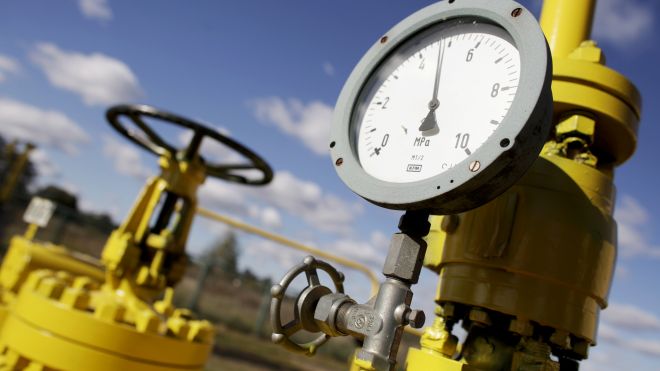Where will Turkmen gas eventually go?

By Aygun Badalova - Trend:
Turkmenistan, with its rich gas resources, presents itself as a
very attractive source for two large proposed energy projects. One
of them - the Trans-Caspian gas pipeline project within the
Southern Gas Corridor, directed to the European markets, and
another one - Turkmenistan-Afghanistan-Pakistan-India (TAPI) gas
pipeline project.
Both are of great interest of Turkmenistan, because they will allow
the country to diversify its gas export routes. At the same time
the final consumer in both projects represents a market with large
energy needs, which are expected to grow in the future.
Europe, which is highly dependent on one supply source, is keen for
alternative gas, and Turkmenistan may perfectly meet that need. On
the other hand, India, which currently imports one third of its
energy needs, is expected to see a significant rise in energy
demand and become one of the most import dependent nations in the
world.
From the point of market attractiveness, both mentioned projects are very interesting for Turkmenistan, which also pursues a policy of diversification regarding its export routes.
However, if compare the real chances for implementation, the
Trans-Caspian pipeline project seems to have a better position. Of
course, the project faces some difficulties. In spite of the
interests of all involved parties to realize it, the unresolved
status of the Caspian Sea and opposition from Russia and Iran
towards the project, is a sticking point of all discussions.
However, the Trans-Caspian pipeline will be a part of the huge
Southern Gas Corridor project, which has already got off to a good
start. The first gas within the second stage of Azerbaijani Shah
Deniz field development - the initial source for the project - will
flow to the European markets in 2019.
Turkmen gas could potentially be the supply source at the following
stages - that is, if the Caspian Sea status issue to be resolved by
the time. All preconditions for that are in place, and taking into
account the results of the last Caspian summit, the issue has good
perspectives.
With regard to the TAPI project, the main problem here is the
political aspect. The most part of this large 1,735-kilometer
pipeline will go through politically unstable countries -
Afghanistan (735 kilometers) and Pakistan (800 kilometers). This is
the long-term problem, and the supplies of Turkmen gas through this
pipeline will be always at risk. This may not be favorable for
Turkmenistan, just as for any other country-exporter.
Thus, the gas supplies via this route will always resemble a time
bomb which could be activated at any time.
It also worth to note the commercial aspect of this project - given
the scale of TAPI - it's cost, which is yet to be revealed, will be
quite significant.
The construction of TAPI is expected to start in 2015. Whether this
project can be a reality or not, is a short-term question.
Taking into account the capacity of TAPI - 33 billion cubic meters
of gas per year - we can propose that its successful implementation
will reduce the chances for the Trans-Caspian project. And with
regard to Turkmenistan's choice between these two projects, some
may say that "a bird in the hand is worth two in the bush". But not
in this case.
This is exactly the case when it is better to wait and have
reliable and stable supplies, which can be provided for Turkmen gas
through the Trans-Caspian pipeline project. All is needed at this
time is more efforts from all involved parties.
Here we are to serve you with news right now. It does not cost much, but worth your attention.
Choose to support open, independent, quality journalism and subscribe on a monthly basis.
By subscribing to our online newspaper, you can have full digital access to all news, analysis, and much more.
You can also follow AzerNEWS on Twitter @AzerNewsAz or Facebook @AzerNewsNewspaper
Thank you!
